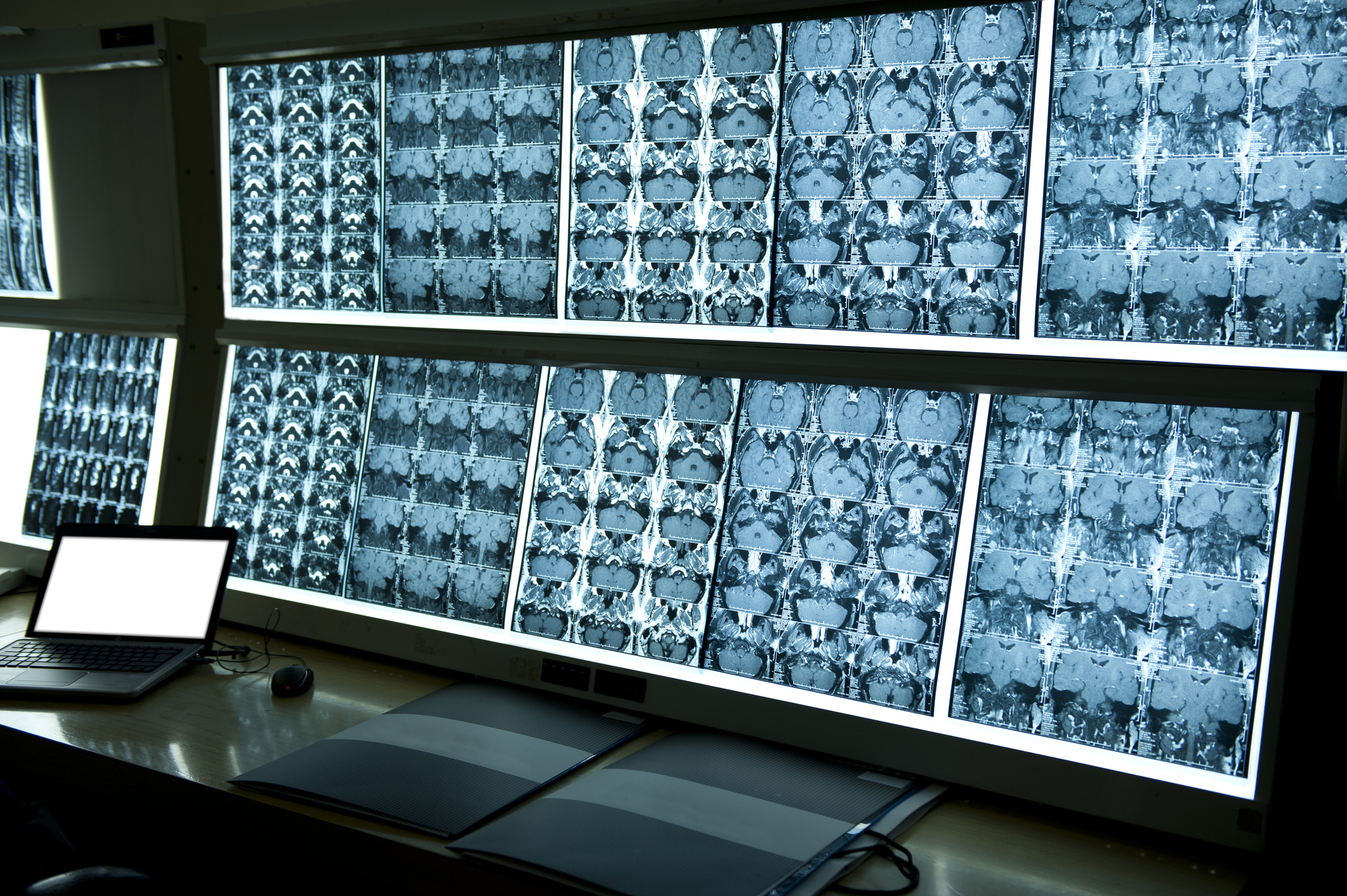How Different Communities Prefer to Spend Leisure Time
Summertime is almost here and as Americans look forward to the beach trips and vacations of the next few months, the American Communities Project (ACP) finds there are different items on the leisure agenda in different locales. Yet if there is a great warm-weather equalizer in the nation it may be listening to music.
Across the 15 community types, 65 percent of respondents listened to music as a leisure activity in the last 12 months, according to an analysis of Simmons Consumer Data from July to December 2017. The high reached 67 percent in College Towns while the low fell to 60 percent in Hispanic Centers. That music holds cultural value and imposes a relatively low user cost makes it a prime choice for leisure.
In that vein, concert sales have surged nationwide. Statistica reported record sales on concert tickets, generating $8 billion of revenue in North America in 2017. This marks the peak of a steady climb since 2010, when sales totaled $4.25 billion.
Where the Concertgoers Are
Music festival and concert attendance sat at 34 percent across types, according to Simmons survey data asking if the individual attended a concert or music festival in the last 12 months. It appears that live music consumption mimics listening preferences. For example, attendance reached 36 percent in College Towns and dropped to 28 percent in Hispanic Centers. Evangelical Hubs and Working Class Country experienced an equally low number of concert attendees, likely due to a lack of local venues and rising ticket prices. People in those communities tend to have lower household incomes.
Joining College Towns with the highest concert and music festival attendees were Exurbs (35 percent) and Urban Suburbs (36 percent). With larger disposable incomes and access to nearby cities, these communities are well positioned to spend money on live music. Additionally, the presence of mega churches could draw in acts from the Contemporary Christian community, adding to ticket sales beyond large city venues. The large percentage of individuals in College Towns attending concerts and festivals suggests that students, while struggling to pay for their education, still value seeing their favorite bands live.
Who’s in Front of the Big Screen
Despite tales of decline, many still visit movie theaters at least occasionally. On average 64 percent of respondents across community types said they had been to the movies at least once in the last six months. Hispanic Centers and Evangelical Hubs once again ranked among the lowest consumers, with 59 percent and 61 percent reporting a visit to the theater, respectively.
Conversely, College Towns and Exurbs reached the top of the movie-going ranks. Sixty-seven percent of each group said they had been to the movies in the past six months. Surprisingly, the community with the highest share of movie-goers is the LDS Enclaves, with 69 percent seeing a movie in the past six months.
Family Activities in LDS Enclaves
The internet, too, has affected how people choose to spend their free time. Forty-eight percent of respondents across community types remarked on such a change. Interestingly, the LDS Enclaves reported the greatest shift at 52 percent, and their use of streaming services highlights this. While average Netflix use within communities was just under 14 percent, 21 percent of individuals in LDS Enclaves said they use the site monthly.
But the LDS Enclaves aren’t just watching a lot of movies and streaming television. This group reported the highest participation in many leisure activities, including reading, dining out, and barbecuing. Why might that be? Probably because the LDS community appreciates clean, family-oriented activities. Kid-friendly programming and family dining atmospheres make “dinner-and-a-movie” an enjoyable option. Additional leisure opportunities spurred by increased internet use ensure that nobody has idle hands.

